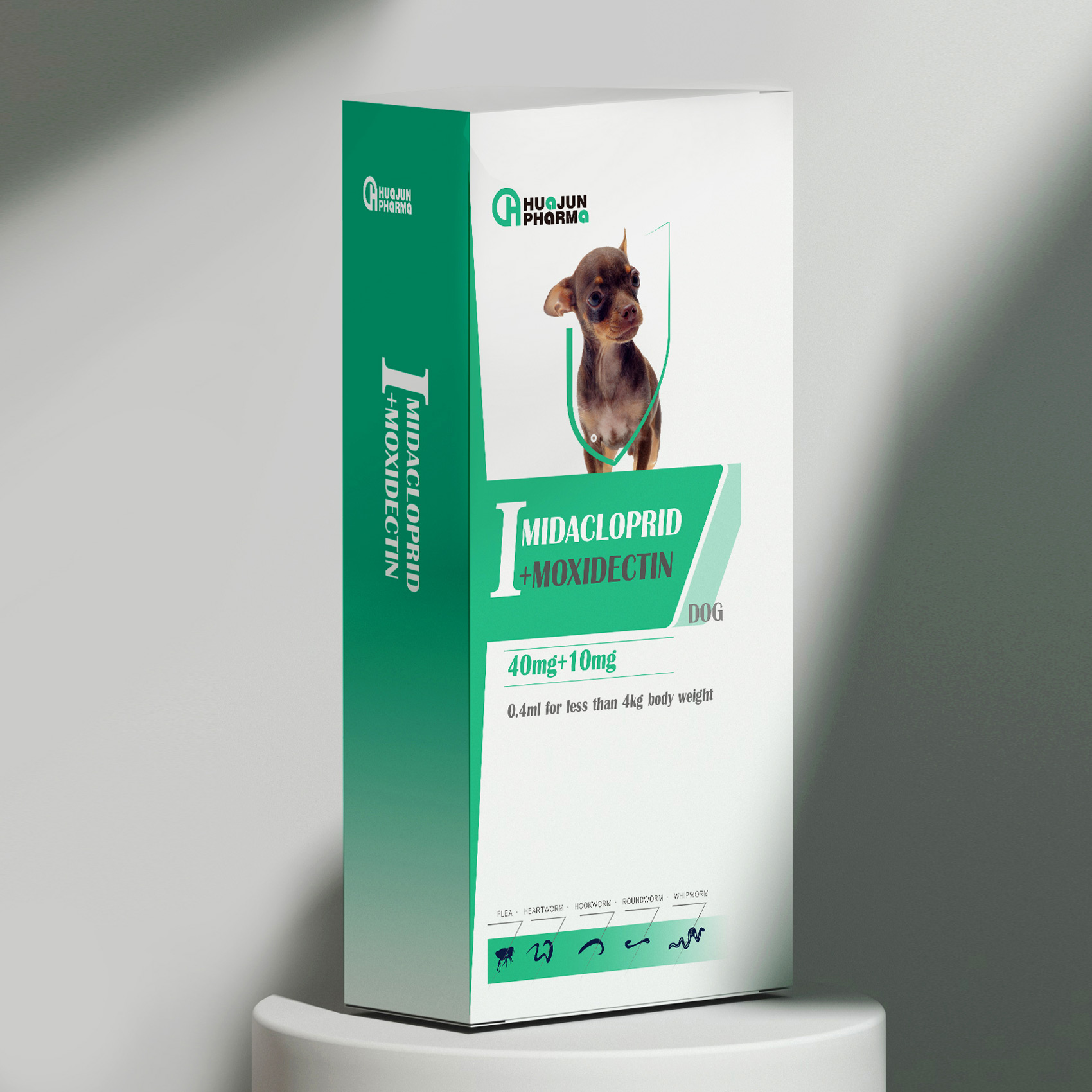
Oct . 11, 2024 01:53 Back to list
lincomycin
Understanding Lincomycin An Antibiotic Journey
Lincomycin is an antibiotic that belongs to the lincosamide class, primarily used to treat various bacterial infections. First discovered in the late 1960s from the fermentation products of *Streptomyces lincolnensis*, lincomycin has since established itself as a valuable tool in the therapeutic arsenal against certain types of infections, especially those caused by gram-positive bacteria.
The drug works by inhibiting bacterial protein synthesis. It binds specifically to the 50S subunit of the bacterial ribosome, disrupting the formation of peptide bonds, which are crucial for the growth and replication of bacteria. This mechanism of action makes lincomycin particularly effective against anaerobic bacteria and certain aerobic gram-positive organisms, including *Staphylococcus aureus* and *Streptococcus pneumoniae*. In clinical practice, lincomycin is often prescribed for serious infections that are resistant to other antibiotics or when patients are allergic to penicillin.
One notable advantage of lincomycin is its efficacy in treating soft tissue infections, osteomyelitis, and respiratory tract infections
. It is especially beneficial for patients with penicillin allergies, as it can serve as an alternative treatment option. Additionally, lincomycin is less frequently associated with the emergence of resistant bacterial strains compared to other antibiotics. This quality underscores its importance in the fight against antibiotic resistance, a pressing global health issue.lincomycin

However, lincomycin is not without its challenges. It is typically administered via injection, which can limit its use in outpatient settings. Moreover, side effects such as gastrointestinal disturbances, including diarrhea, nausea, and abdominal pain, can occur. In some cases, lincomycin may lead to an overgrowth of *Clostridium difficile*, a notorious pathogen that can cause severe colitis. As a result, careful monitoring and consideration of the patient’s overall health status are essential when prescribing this antibiotic.
Lincomycin's use also extends beyond human medicine. In veterinary practice, it is employed to treat infections in livestock, contributing to the health and productivity of animal populations. Its application in veterinary medicine has raised concerns about the potential impact on antibiotic resistance in bacteria that affect both humans and animals, necessitating prudent use and regulation.
In recent years, the scientific community has continued to explore new formulations and combinations involving lincomycin. Researchers are investigating its potential synergy with other antibiotics, aiming to enhance its therapeutic efficacy while minimizing the risk of resistance. Additionally, ongoing studies focus on alternative delivery methods, such as oral formulations, which could make lincomycin more accessible for outpatient treatments.
In conclusion, lincomycin stands as a significant antibiotic with a unique profile suitable for tackling certain challenging infections. Its contributions to both human and veterinary medicine cannot be overstated, as it offers hope in the battle against resistant bacterial strains. As we navigate the complexities of antibiotic stewardship and resistance, lincomycin remains a critical player, illustrating the need for responsible usage and ongoing research to sustain its efficacy for future generations. Continuous evaluation of its role in therapy, alongside strict adherence to guidelines, can help ensure that this antibiotic retains its place as a valuable resource in clinical practice.
-
Premium China Bacillus Subtilis Supplier & Factory Solutions
NewsJul.30,2025
-
Premium Avermectin Supplier in China | Custom Solutions Available
NewsJul.29,2025
-
China Bacillus Subtilis Supplier - Custom Factory Solutions
NewsJul.29,2025
-
China Salivation: Leading Custom Salivation Supplier & Factory Solutions
NewsJul.29,2025
-
Leading Lincomycin Hydrochloride Manufacturer & Supplier with High Purity
NewsJul.29,2025
-
Bio-Enzyme Yogurt Growth Promoter Factory - Top Quality Manufacturer & Supplier
NewsJul.28,2025




